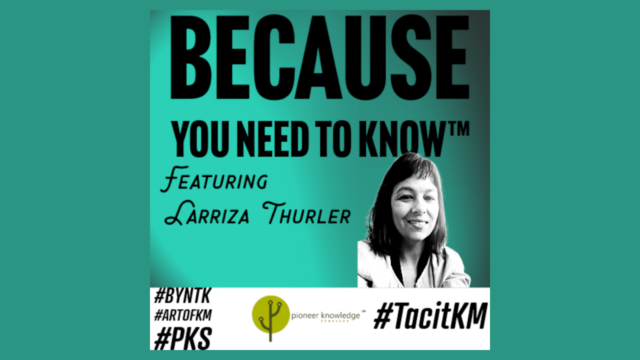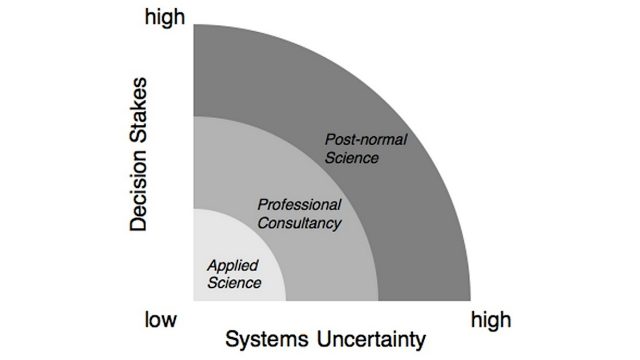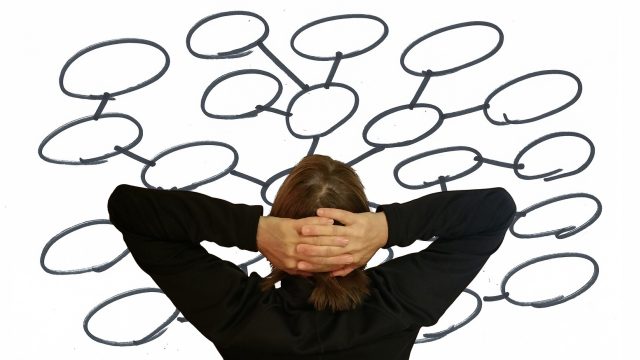
Organization Management Rhythm (part 6.2): Tools – 7-Minute Drill Rollup
This article is part 6.2 of a series of articles on Organization Management Rhythm.
The purpose of the 7-Minute Drill Rollup is to capture, in one consolidated spreadsheet, the information from the 7-Minute Drills for all of the organization’s cross-functional meetings. The 7-Minute Drill Rollup is utilized by the Organization Management Rhythm Manager (OMRM) as a quick reference guide when considering new Organization Management Rhythm events or event requirements. Using the Rollup, the OMRM can determine if an existing event already satisfies the new information exchange requirement (IER) or can be easily modified to support the IER. If not, the OMRM can then offer insights and considerations for recommending approval of a new event.
The 7-Minute Drill Rollup is oriented in the following manner. The column headings left-to-right across the top are the same data fields contained in the individual 7-Minute Drills. Each row represents a specific cross-functional meeting event. The events are organized in the following order: senior staff touch-points followed by the three typical critical paths for information flow within an organization. The grouping of the events is further reinforced by color coding the event names consistent with the other Organization Management Rhythm management tools (Information Flow Diagram (IFD), Staff-Utilization Matrix, Time-Space Matrix, and Event Calendar).
As with all Organization Management Rhythm management products, the 7-Minute Drill Rollup is effective only if the 7-Minute Drills are accurate and updated. It is important that changes to individual 7-Minute Drills are accurately reflected on the 7-Minute Drill Rollup. This is best achieved by requiring proposed changes to 7-Minute Drills to be routed through the OMRM as part of the approval process.
When utilized in conjunction with the IFD, Staff-Utilization Matrix, Time-Space Matrix, and Event Calendar, the 7-Minute Drill Rollup provides a necessary tool to achieve and maintain a deliberately-managed Organization Management Rhythm that effectively supports the senior staff’s decision cycle and the staff’s shared understanding.
Next part (part 6.3): Tools – Information Flow Diagram (IFD).
Acknowledgements: Thank you to Tomi Antill, Keith Davis, Elise Keith from Lucid Meetings, JFHQ-C Leadership, and Kendra Albright from Kent State University, without whose support this series would not have been possible.
Header image source: U.S. National Archives, Public Domain.





